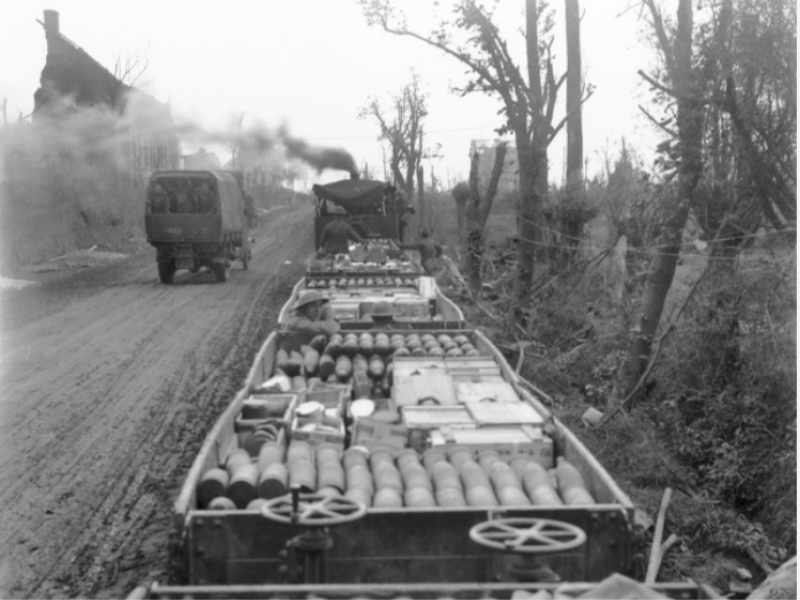Sergeant Matthew Farrelly, 6th Battalion, AIF
Matthew “Ted” Farrelly was born in 1891, one of 13 children to Thomas and Julia Farrelly of Porepunkah in north-eastern Victoria. After schooling, he worked as an engine driver on the Victorian state railway.
Farrelly enlisted in the Australian Imperial Force at nearby Bright in January 1915. He joined the 6th Battalion on Gallipoli in and spent the following weeks defending the Anzac beachhead from front-line positions on MacLaurin’s Hill.
In July, Farrelly was evacuated, suffering from a severe case of dysentery and pneumonia. He passed through a series of hospitals in Egypt, Malta, and England before he had sufficiently recovered.
Promoted to corporal in August 1915, Farrelly returned to the battalion in Egypt, where the AIF was preparing to depart for the Western Front. Promoted to lance sergeant, he sailed for France in March 1916.
As part of the 1st Division, the 6th Battalion was among the first Australian troops to see combat in France. In the relatively quiet sector near the town of Armentieres, they patrolled and undertook aggressive German trench raiding. In July, they were transferred south for the British offensive on the Somme, and fought its first major action at Pozieres later that month.
Over the following weeks, the battalion slowly captured ground during concentrated German bombardments. On 20 August, in the approaches to Mouquet Farm, Farrelly was severely wounded in the face by a fragment from an exploding artillery shell. He was evacuated to England for almost a year.
Farrelly was recognised for his “distinguished and gallant services” at Pozieres, and was subsequently Mentioned in Despatches.
He returned to the front in May 1917 with bitter fighting along the Hindenburg Line at Bullecourt. Owing to heavy casualties within the battalion, Farrelly was immediately promoted to sergeant.
The 1st Division’s attack along the Menin Road on 20 September 1917 was the first in a series of methodical attacks near Passchendaele village. These attacks involved large amounts of artillery firing a “creeping barrage” in front of the advancing infantry.
Initially, this tactic was successful but it came at a heavy price, with the 6th Battalion suffering over 230 casualties in its successful attack at Menin Road. The battalion war diary records the 6th encountering stiff resistance from German machine-gun crews as they advanced through Glencourse Wood.
To make matters worse, some of the Australian and British artillery fell short and burst close to their own advancing troops.
Among the dead was Ted Farrelly, whose remains were never recovered from the Menin Road battlefield.
Today his name is listed on the Menin Gate memorial, among over 6,000 Australians who died in Belgium and have no known grave.
He was 26 years old.
The small community of Porepunkah was deeply affected by his loss, and the national flag atop the Shire Hall was flown at half-mast out of respect for his passing.
Aaron Pegram, Historian, Military History Section
Image: A trainload of ammunition passing along the metre gauge railway on the Menin Road, in the Ypres sector, 1917.

 Australian War Memorial
Australian War Memorial